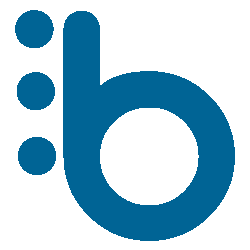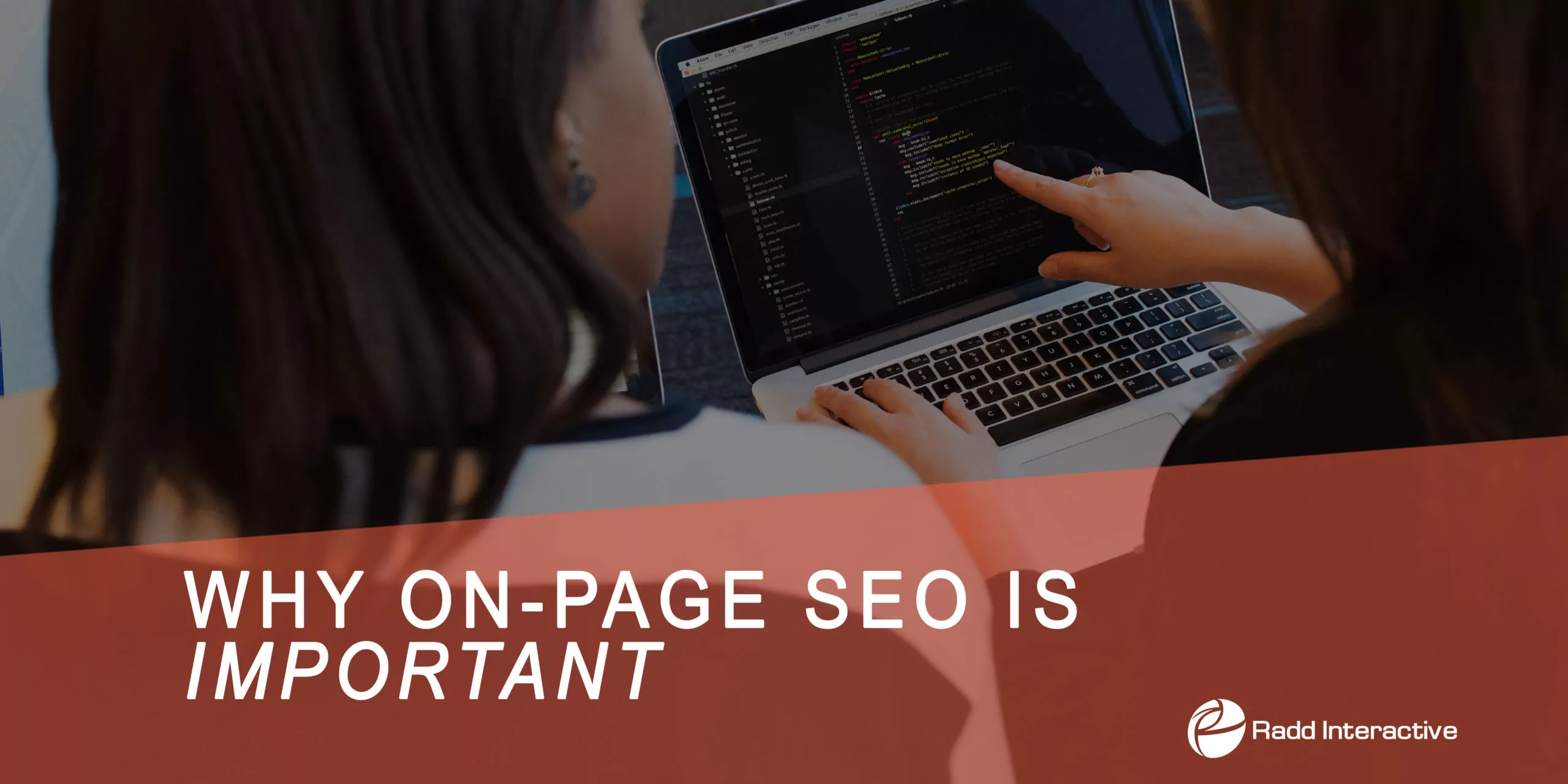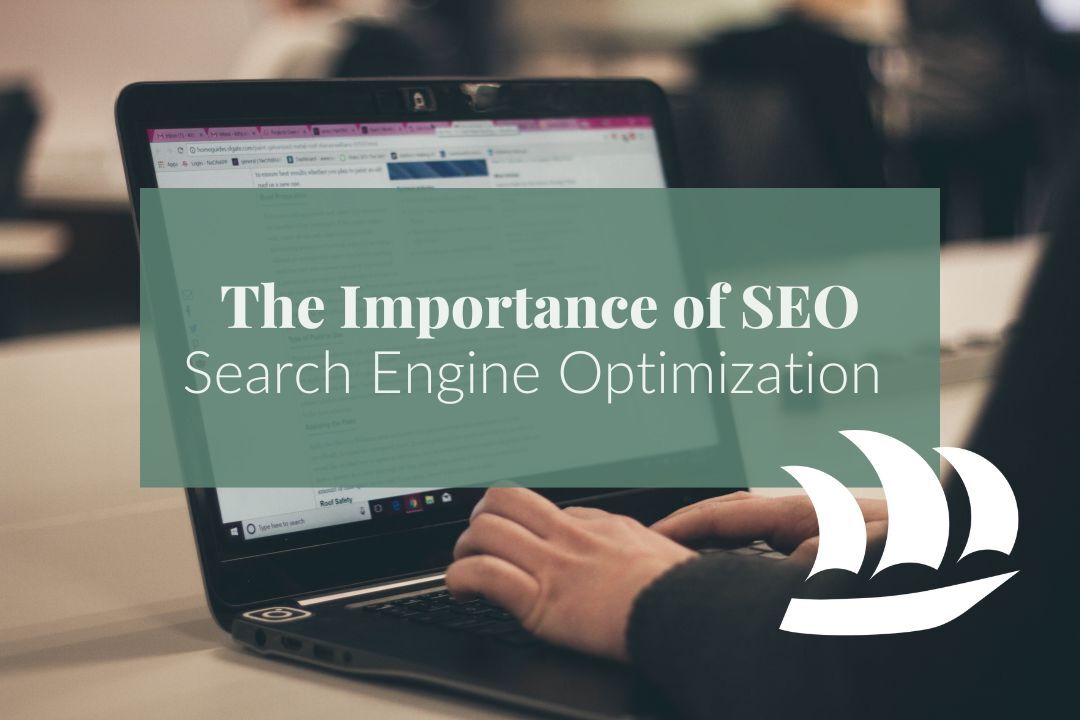



Understanding On-Page SEO
On-page SEO means improving your website pages so search engines like Google can easily understand your content. It includes optimizing keywords, titles, meta descriptions, URLs, and internal links. When these elements are well-structured, your website has a better chance to appear higher in search engine results pages (SERPs). On-page SEO focuses on what you can control directly on your own website, unlike off-page SEO, which depends on backlinks and external factors. By improving your on-page SEO, you make your content more useful, clear, and relevant to both search engines and users.
Without proper on-page SEO, even the best-looking website might not get traffic. Good optimization helps search engines understand what your page is about and match it to user search intent. This increases organic traffic, click-through rates, and conversion rates. It also improves website ranking, visibility, and user experience. When your pages are optimized with the right keywords and structure, you attract visitors who are actually interested in your content or products, leading to better engagement and sales.
Keywords are the foundation of on-page SEO. They help search engines connect your website with the topics users are searching for. Use primary keywords in your title tag, headings, and content, but do it naturally. Add secondary keywords or long-tail keywords to cover related topics and questions. Avoid keyword stuffing — instead, focus on creating content that sounds natural and helps readers. Tools like Google Keyword Planner, Ahrefs, or SEMrush can help you find keywords with good search volume and low competition.
Your title tag and meta description are often the first things users see on Google. A strong title should include your main keyword and clearly explain what the page offers. For example, instead of writing “Home,” use something like “Affordable SEO Services for Small Businesses.” The meta description should summarize your content in 150–160 characters while encouraging users to click. Use power words and action verbs to grab attention. Both title and meta description are vital parts of on-page SEO that can improve your click-through rate (CTR) and overall SEO performance.
A clean and short URL structure helps both users and search engines understand your page. Include the main keyword in the URL and avoid using long strings of numbers or symbols. For example, write www.example.com/on-page-seo-tips instead of www.example.com/page?id=12345.
Internal linking is another powerful on-page SEO element. Linking related pages helps search engines crawl your website more effectively and keeps visitors engaged longer. It also spreads link equity, which supports better ranking for multiple pages on your site.
High-quality content is the heart of on-page SEO. Your writing should be original, informative, and easy to read. Use short paragraphs, subheadings, and bullet points to make your content scannable. Search engines prefer pages that answer user questions clearly and completely. Add relevant keywords naturally throughout your article, but focus more on value than repetition. Use images, infographics, or videos to make your content more engaging and reduce bounce rates. Remember, well-written and useful content builds trust and authority with your readers.

Images can enhance your content, but they also need to be optimized for SEO. Use descriptive file names and alt text that include keywords. This helps search engines understand the image content and improves your chance to appear in Google Image Search. Also, compress images to reduce page load time — a slow website can hurt your rankings and user experience. Image optimization is a small detail that makes a big difference in overall on-page SEO results.
Most people use their phones to browse the internet, so having a mobile-friendly website is essential. A responsive design automatically adjusts to any screen size, improving usability and SEO ranking. Page speed is another major ranking factor — slow pages can cause users to leave quickly, increasing your bounce rate. Use tools like Google PageSpeed Insights to test your website’s performance and fix issues such as large images, unused scripts, or server delays. Fast, mobile-friendly websites rank better and keep visitors happy.
Header tags (H1, H2, H3, etc.) help organize your content for both users and search engines. The H1 tag should include your main keyword and clearly describe what the page is about. H2 and H3 tags should break your content into smaller sections for better readability. Proper header usage helps search engines understand your content structure and the importance of each section. It also makes it easier for readers to scan your article and find the information they need quickly.

After optimizing your website, it’s important to measure the results. Use tools like Google Analytics and Google Search Console to track your traffic, bounce rate, average session duration, and keyword rankings. Analyze which pages perform best and which need improvement. Update old content regularly, add new internal links, and refresh your keywords based on the latest trends. On-page SEO is not a one-time task — it’s an ongoing process that helps you stay competitive and visible online.
On-page SEO is the key to helping your website stand out in search results. It improves visibility, usability, and trust, leading to more visitors and better results. By focusing on keyword optimization, content quality, technical setup, and regular updates, you can achieve long-term SEO success. Whether you run a blog, an online store, or a business website, strong on-page SEO ensures your content reaches the right audience and performs well in every search engine.
Follow Academic Writing on Blaqsbi.
Enter your email address then click on the 'Sign Up' button.

Blaqsbi uses cookies to ensure you get the best experience on our platform. By using our website you agree to our Cookie policy .